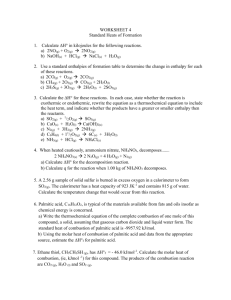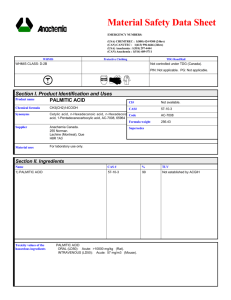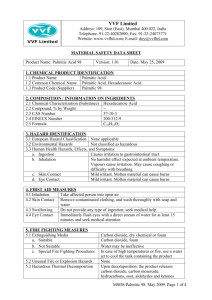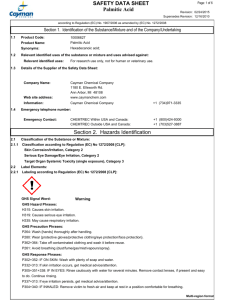bit25885-sup-0001-SuppData
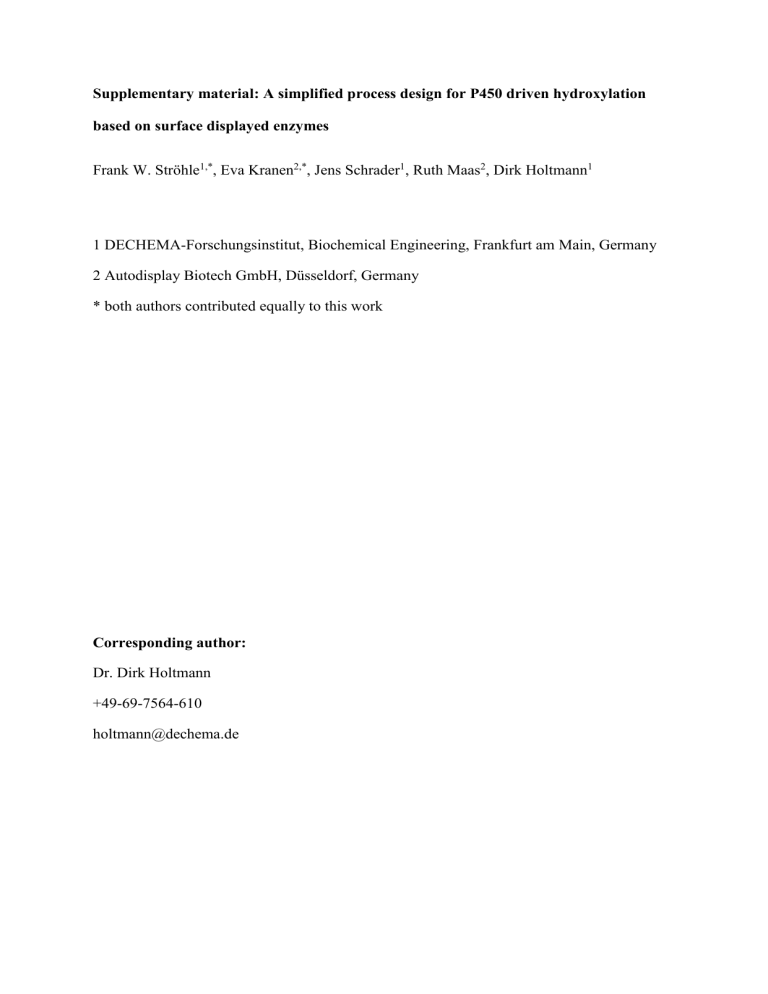
Supplementary material: A simplified process design for P450 driven hydroxylation based on surface displayed enzymes
Frank W. Ströhle
1,*
, Eva Kranen
2,*
, Jens Schrader
1
, Ruth Maas
2
, Dirk Holtmann
1
1 DECHEMA-Forschungsinstitut, Biochemical Engineering, Frankfurt am Main, Germany
2 Autodisplay Biotech GmbH, Düsseldorf, Germany
* both authors contributed equally to this work
Corresponding author:
Dr. Dirk Holtmann
+49-69-7564-610 holtmann@dechema.de
Figure S1: Display efficiency of the Autodisplay system. SDS-PAGE analysis of total cell fraction (lane 1) and membrane fraction (lane 2). The protein content of each lane is adapted to corresponding amounts of outer membrane protein F and A (OmpF/A). The P450BM3autotransporter fusion protein is clearly detectable in comparable amounts in either the total cell fraction as well as the membrane fraction (~167 kDa).It thus can be assumed that the complete amount of the fusion protein expressed in the cytoplasm is translocated onto the cell surface via Autodisplay.
A
B
Figure S 2: Scheme of procedure of the re-usability of E. coli cells surface displaying
P450BM3. After the production of the P450BM3 expressing AD cells, the cells were harvested by centrifugation and resuspended in a buffer solution containing substrate and a cofactor regeneration system (A). Afterwards the reaction solution was centrifuged (B), the cells were resuspended in a fresh reaction solution and the supernatant was analyzed.
a)
A b) a)
A
Figure S 3: Optimization of functional display of P450BM3 on the cell surface of E. coli cells and ongoing pNCA activity test of P450BM3. a) Determination of CO-spectra of surface displayed AD P450BM3. b) pNCA activity assay of surface displayed AD P450BM3.; ALA: aminolevulinic acid, DTT: dithiothreitole, FAD: flavin adenine dinucleotide, FMN: flavin mononucleotide.
Palmitic acid (1)
(2)
ω-1 hydroxy palmitic acid (2) (4)
(3)
Figure S4: Chromatogram of palmitic acid converted to hydroxy palmitic acid by surface displayed P450BM3 with an GDH-based regeneration system after 24 h (the insert shows the product peaks in detail, retention times palmitic acid (1) 8.25 min, ω-1 hydroxy palmitic acid
(2) 3.38 min, ω-1 hydroxy palmitic acid (3) 2.48 min, ω-1 hydroxy palmitic acid (4) 2.00 min).
Figure S5: Gradient elution of palmitic acid and hydroxylated products (0 min: 55% B; 2 min: 75% B; 10,5 min: 96 % B, constant until 13 min; 13,5 min: 4% B, constant until 16 min;
16,2 min: 50% B, constant until 18 min, total flow rate 1,5 mL/min)
Table S1 : Comparison of the use of whole cell catalysis, surface-displayed as well as isolated enzymes (+ = advantageous topic, - = can cause limitations in a process)
Technical hindrance
Whole cell
Substrate uptake - membrane barrier
Surface displayed enzymes
Isolated enzymes
+ no membrane barrier + no membrane barrier
+ no need for the Isolation of biocatalysts isolation of biocatalysts
DSP of products - difficult to obtain product (cell
Cofactor regeneration
+ no need for the isolation of biocatalysts process
+ often easy to obtain product disruption, extraction steps, …)
+ integrated cofactor - integrated cofactor regeneration system regeneration system
- enzyme purification
+ often easy to obtain product
- integrated cofactor regeneration system
